The previous post dealt with basics of birding which focused more on approaching birds and identifying them. This post emphasises on bird activity and co-existence. To understand birds, we must know their classifications and their respective characteristics.
Families :
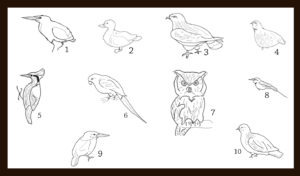
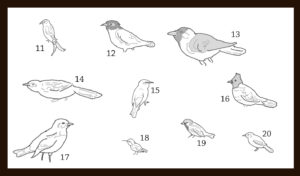
Different families of birds are categorized on basis of their habits, structure, etc. Some of the common families are :
- ARDEIDAE : Herons, Egrets, Bitterns(40-150cm) : Long-legged, lanky wading birds, with long slender flexible necks which are retracted into a flat ‘S’ during flight. Long, dagger-like bills. Tarsi very long; toes long and slender.
- ANATIDAE : Ducks, Geese, Swans(35-80cm) : Bill typically broad, flat, rounded at tip. Tail and legs short, feet webbed. Most species are migratory. Coloured from wholly white to combinations of grey, brown, black or green.
- ACCIPTRIDAE : Hawks, Eagles(40-120cm) : Bill short with upper mandible longer and curved, strongly hooked at tip. Basal portion covered with bright cere. Normally feathered tarsi with strong claws. Polymorphs are common but sexes alike.
- PHASIANIDAE : Partridges, Quails, Pheasants(14-122cm) : Mostly terrestrial.Bill thick and short. Legs stout and unfeathered, usually armed with one or more pointed spurs in male. Claws short, blunt and strong.
- PICIDAE : Woodpeckers(10-51cm) : Plumage black, white, yellow, red, brown or green. Strong slender neck. Chisel-like strong beak. Legs short, feet strong.
- PSITTACIDAE : Parakeets(14-61cm) : Brightly coloured chiefly green. Bill short, stout, strongly hooked. Long tail. Voice loud, high-pitched and harsh.
- STRIGIDAE : Owls(17-65cm) : Chiefly nocturnal. Soft, long plumage – grey, brown, chestnut, black, white – streaked or barred. Head large, eye very large. Facial disc and horns present in a few species. Strong, short, hooked bill. Female larger.
- MEROPIDAE : Bee-eaters(21-36cm) : Sleek structure. Largely green with black stripe from base of bill to eye. Long, slender bill. Longish pin-like tail. Swift in flight.
- ALCEDINIDAE : Kingfishers(13-41cm) : Usually of blue, green purple, brown, or pied plumage. Neck short. Bill massive. Legs short. Direct and swift flight. Loud long call.
- COLUMBIDAE : Pigeons, Doves(33-42cm) : Plumage dense and soft. Neck short. Head small. Nape characteristically textured. Bill of medium length. Low-pitched call.
- DICRURIDAE : Drongos(24-34cm) : Plumage chiefly black or grey. Bill stout and hooked. Legs short. Wings long. Tail deeply forked. Flight swift and agile, some with projecting spatula-tipped ‘wires’.
- STURNIDAE : Mynahs, Starlings(20-30cm) : Silky plumage. Bill typicaly straight and rather long and slender. Legs and feet strong. Tail usually short and square. Voice, a variety of harsh to pleasing notes and whistles.
- CORVIDAE : Crows, Magpies(33-70cm) : Largest passerine birds. Highly social. Bill stout and powerful. Bold and aggressive. Tarsi large. Wings and tail strong.
- MUSCICAPIDAE : (sub)TIMALIINAE : Babblers(13-28cm) : Soft lax plumage. Bill, legs strong. Flight weak. Most species noisy with harsh calls. Highly social.
- MUSCICAPIDAE : (sub)MUSCICAPINAE : Flycatchers(10-20cm) : Dull to brightly coloured medium sized arboreals. Bill typically broad and flat at base. Legs short. Some species have well developed songs. Di-morphism very popular.
- PYCNONOTIDAE : Bulbuls(18-25cm) : Noisy, gregarious and mostly dull-coloured birds with soft, fluffy plumage. Bill short to medium. Legs short. Hairlike feathers on nape and rictal bristles well developed. Most have sprightly musical calls.
- MUSCICAPIDAE : (sub)TURDINAE : Thrushes, Chats(13-28cm) : Terrestrial birds with soft plumage. Bill slender. Legs and feet stout. Tarsi booted. Some species have highly developed songs. Best examples of dimorphs.
- NECTARINIIDAE : Sunbirds, Spider-hunters(8-17cm) : Small, active flower-birds. Sexes dimorphic. Males generally metallic red, yellow, green, blue, purple, black in combinations. Females generally dull-coloured. Bill long, slender, curved. Sharp claws. Shrill soft whistle like call.
- PASSERINAE : Sparrows(12-16cm) : Plumage, from grey and brown, variously patterned. Bill thick. Nest, variously constructed, including some skilfully woven and pendant.
- MUSCICAPIDAE : (sub)SYLLVINAE : Warblers(10-25cm) : Small, dull-coloured plumage. Bill slender and pointed. Legs short. Most species have well-developed melodious songs.
The need for species on earth was primarily for the survival of its family or the genus over millions of years. Different species developed different characteristics and features which separated them from each other. These adaptations in species helped their families to survive numerous centuries in different parts of the earth. Today,the species from these families are found all over the world, thereby facilitating existence of their families.
In other words, species exist to fulfill the need of existing everywhere i.e. in all types of environments. For example, birds have adapted to the different environments and have ended up, evolving into different species. Taking the example of crows, pigeons and sparrows, in the urban environment they are seen in the form of the house crow, blue rock pigeon, house sparrow. In the forests, they survive in the form of the jungle crow, wood pigeon, tree sparrow. Similarly, they exist as the raven, hill pigeon and russet sparrow, in places of higher altitude.
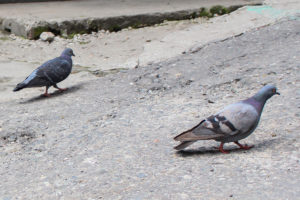
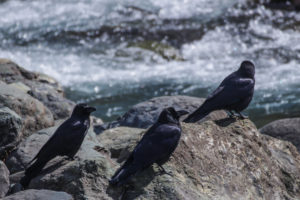
Activity and Co-existence :
Bird activity plays a major role in determining their availability and frequency in a certain location at a certain time. The number of a certain species of birds seen together at a place solely depends on their sizes, nature and behaviour. Birds like the raptors (eagles, kites, hawks, falcons, etc.) do not form groups and prefer to stay in solitude. Since, they are larger in size, they need more area for existence. Rural areas and openlands are ideal for raptors. However, due to increasing growth of urbanisation, lesser raptors like falcons and kites have had to adapt to urban conditions. Raptors strictly believe in competition and they do not co-exist. In fact, they exist in lesser numbers simply because they mate less frequently and even then the weaker juveniles are killed by the stronger ones.
On the other hand, fruit eating or insect eating birds, who are smaller in size, prefer to form groups. The same goes for waders. The competition they face from different species or genera is nothing different from what they face from their species. Hence, ducks, teals, geese and other waders do not mind co-existing together in the same environment. Instead, the larger number of co-existing aves, helps them in finding food faster and also keeps them safe from approaching predators.
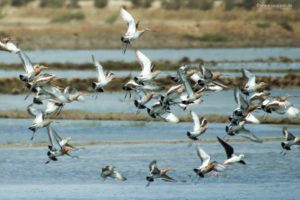
Resident birds know best where food is available. Fruit yielding trees are a direct source of food for them. Also, flower yielding trees, attract insects, indirectly providing food for them. So, these kind of trees and shrubs are where passerines, flycatchers, chats, etc can be found. Migratory birds, often look for locations which would suit their food, resources and climatic needs. Once, they find an ideal location, they prefer sticking to it and periodically returning to the same place. The best known examples are of demoiselle cranes in Khichan and flamingos in Rann of Kutch.
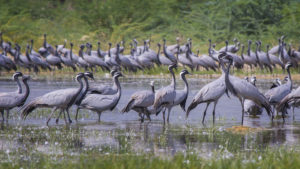
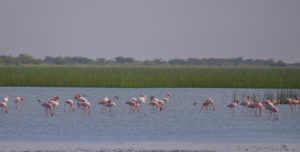
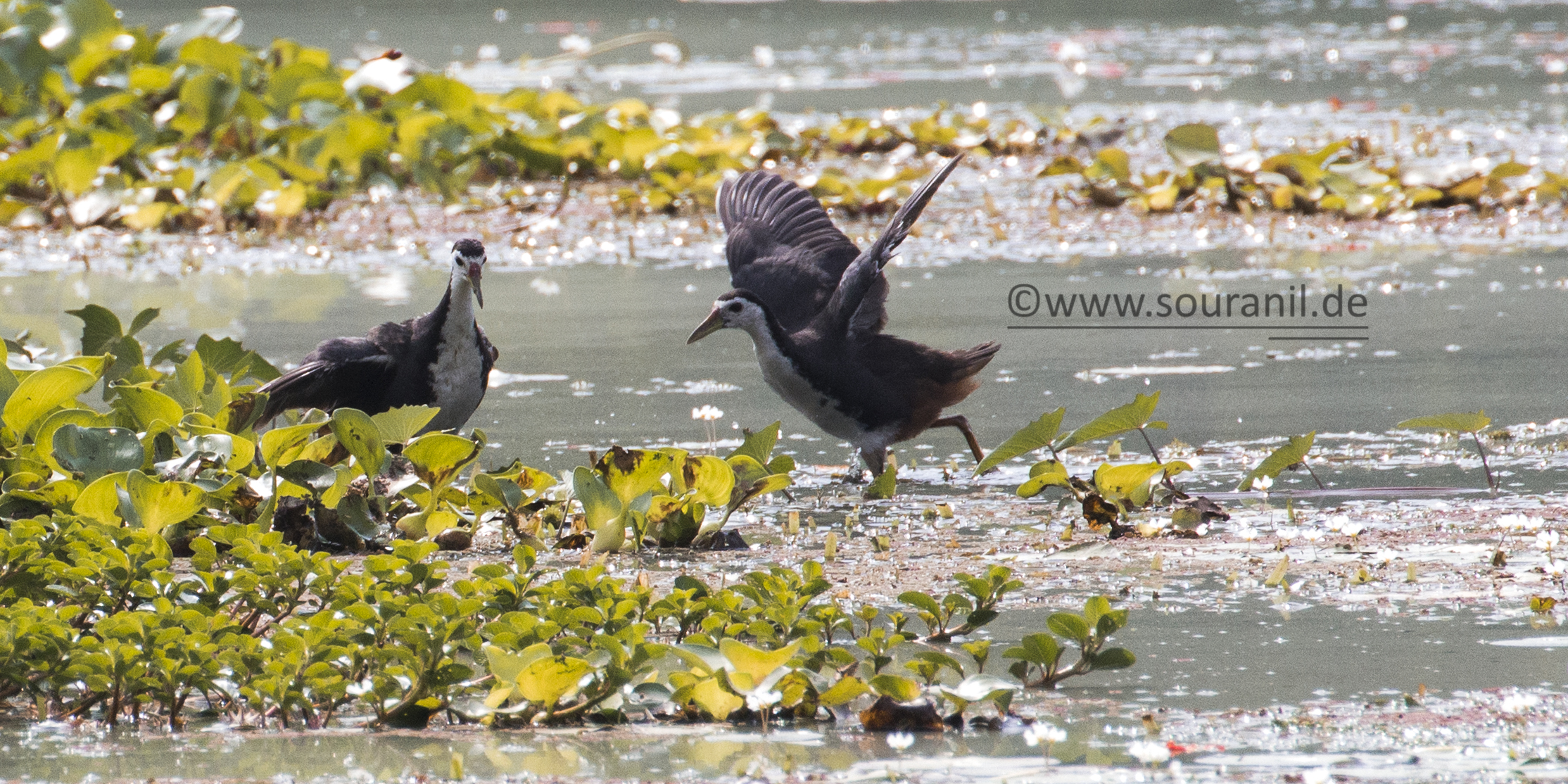
Leave a Reply